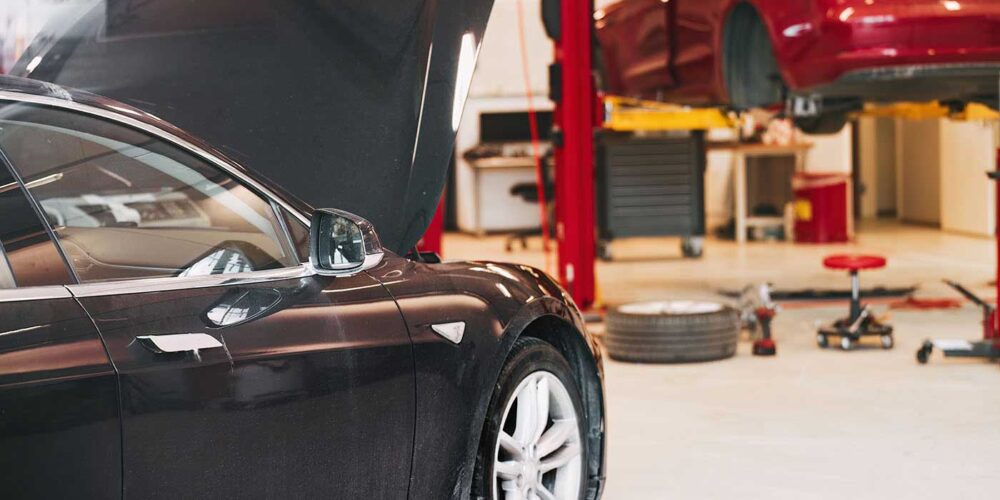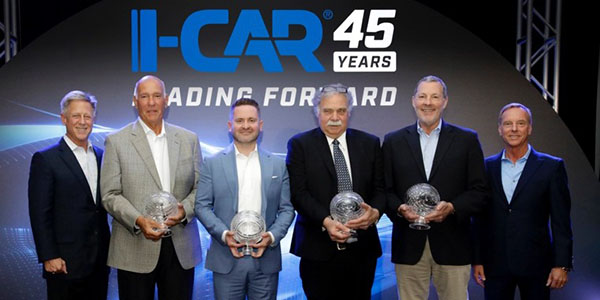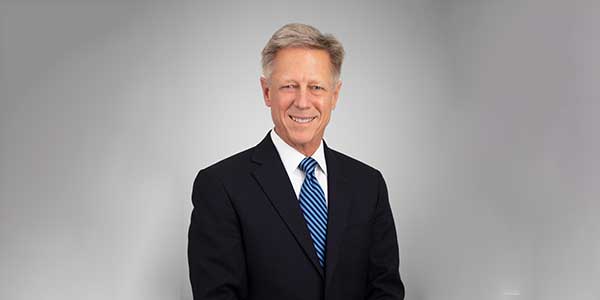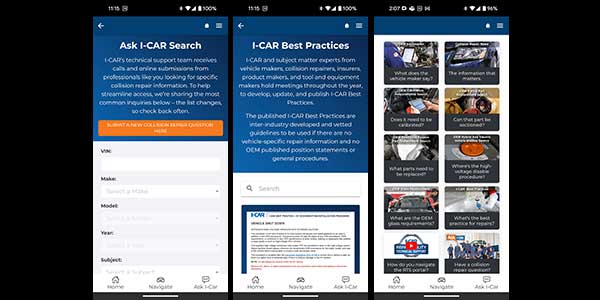
Since several OEMs published their position statements in the second half of 2016, the industrywide discussion on scanning seems to have reached a fever pitch. But lost is the role of recalibration in the repair process.
Jason Bartanen, director of industry technical relations at I-CAR, says he’s seeing a lot of confusion regarding the terminology. Many shops tend to use the terms “pre-repair scanning,” “post-repair scanning” and “post-repair calibration” interchangeably – when, in reality, they are separate procedures.
“Pre-scanning is part of that blueprinting/damage analysis process, to identify what might be wrong with the car both related and unrelated to the collision,” Bartanen explains in a Society of Collision Repair Specialists video published earlier this year. “Post-scanning [is] … to make sure that before we hand the keys back to the customer, the codes that we were able to identify have been cleared, which might entail a test drive of the vehicle as well.
“And then post-repair calibration is the area that we need to start spending more time talking about, because these advanced driver-assist systems like collision mitigation, lane-departure warning, lane-keep assist and adaptive cruise control all have specific procedures related to post-repair calibration that aren’t just as simple as the post-scanning part of it.”
For example, if you disconnect a driver-side mirror from a Ford Focus, you might have to recalibrate the blind-spot detection system to make sure it’s aimed correctly, explains Mitch Becker, technical instructor for ABRA Auto Body & Glass, noting that recent models are available with Ford’s Blind-Spot Information System.
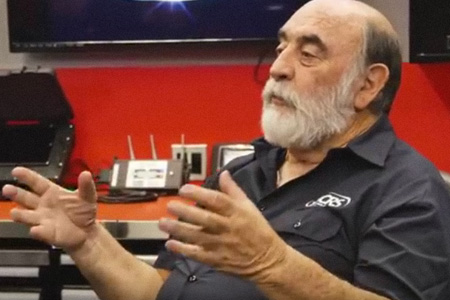
A key piece of the recalibration process is making sure that the vehicle’s alignment is correct, as the various sensors and cameras that enable collision-avoidance features base their readings on the centerline of the vehicle.
“If we’re not pre-measuring and post-measuring the cars and checking the centerline, these systems could all be inoperative,” asserts Toby Chess, co-chairman of the Collision Industry Conference Technical Committee.
If the vehicle’s centerline is off, the sensors could receive bad information – causing, for example, the lane-keep assist system to nudge the vehicle into another lane when the vehicle, in fact, is going straight.
Because of all the sensitive and sophisticated technology in today’s vehicles, recalibration is a liability issue. Becker illustrates the point with a hypothetical repair: a 2015 Toyota Camry that comes into a shop with front-bumper damage. Before the shop returns the vehicle to the customer, the Camry’s front passenger seat must be recalibrated, per Toyota’s repair requirements, because the sensors might be detecting the incorrect weight if they were jostled during the collision.
“That seat was designed to detect the difference between a rear-facing infant seat, a forward-facing infant seat, a 6-year-old child, a 95-pound female and a 150-pound adult,” Becker explains. “If the seat empty is [incorrectly] reading 45 pounds, and I put 35 pounds of a rear-facing infant seat in there, the air bag now turns on when it’s supposed to stay off. In a subsequent crash, if that airbag deploys on a rear-facing infant seat that it’s supposed to detect, now who’s going to be liable for that child’s death?”
Editor’s note: This article appeared as part of the scanning guide in the July 2017 issue of BodyShop Business.





